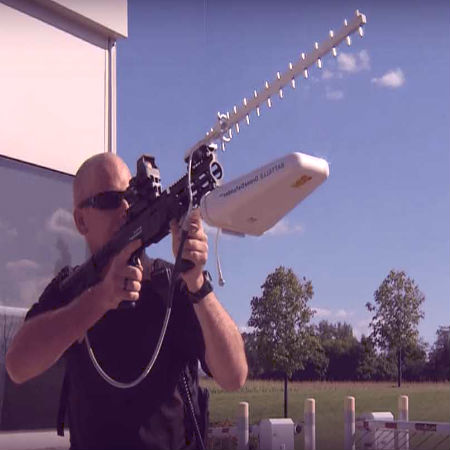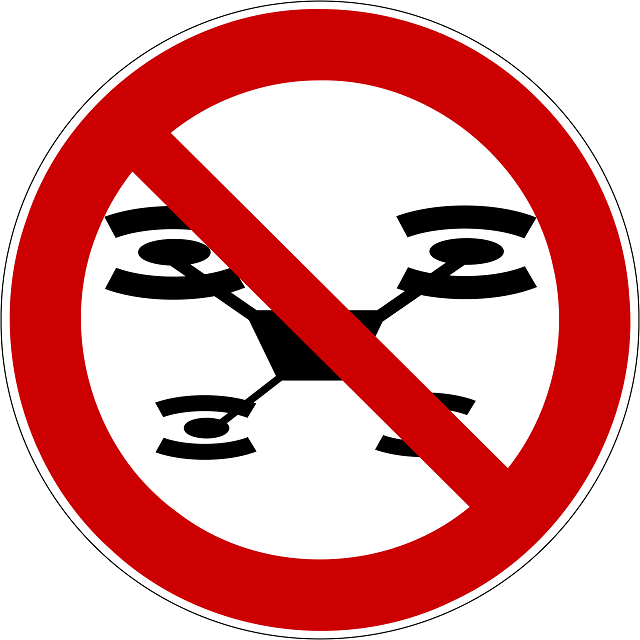
A soccer stadium packed with spectators at the European Championship witnessed an unknown drone buzzing. It could be conveying a camera or something more menacing—for instance, harmful chemicals. Hence, an Anti-Drone Technology for Public Safety is crucial.
Irrespective of which, the illegal flying machine is breaching a no-fly area for the biggest sports event in Europe since fatal attacks in Paris last November.
Scroll down for video

UEFA.com
More Strict Security Measures: Anti-Drone Technology for Public Safety
The Euro 2016 organizers are not taking chances this time around. Since June 10, they have been utilizing the new technology, and will continue to do so until the last day of the tournament on July 10. It is used in all ten French cities to avoid unwelcomed airborne intrusion.
The security chief for Euro 2016, Zaid Khoury, once mentioned in an interview with The Associated Press that no-fly areas were to be announced across all ten stadiums including training grounds for the 24 teams.
“We have noted the general proliferation of drone-usage in the society,” Khoury said in his Paris office. “So no-fly zones will be defined over every training ground and every stadium and in most stadiums and for most matches anti-drone measures, which are quite innovative, will be deployed, working with the state, which will interfere with drones and take control of them if they are spotted.”
A number of strange drone over flights of delicate zones have alerted the French authorities, majorly nuclear facilities, also military installations and even the presidential palace. The government is financing analysis into technology that could interact with or hit signs that direct drones or even to destroy them.
Anti-drone technology for public safety are used for Euro 2016, and the precise sort of technologies utilized has already been announced, as verified by the government’s General Secretariat for Defense and National Security.

Wikimedia Commons
Before the utilized technology was chosen, the French gendarmerie had in place strong but not exactly advanced portable tool that could assist in steering drones away from stadiums by interacting with GPS signs; its limitation being that it could also interact with GPS signals for domestic use, as well as for aircraft.
Also considered was the microwave technology that had tendency to bring down drones and other ground-based technologies to hit signals to the flying machines.
French authorities have even instructed for the probability of drones being employed to pour chemicals all over spectators. A training procedure in April in Saint-Etienne, a Euro 2016 city in southeast France, pictured that a drone conveying chemical materials had dived into spectators at the Geoffroy Guichard Stadium, which would entertain three group matches in June and one game in the knockout round.
“When you prepare an event of the size, you must imagine all scenarios, even the most unlikely,” Khoury said.
He pointed out that authorities do not have a particular insight to proof that drones pose a risk. Anti-drone procedures that are and will be utilized by the French Air Force and Police “aren’t necessarily infallible because the technology is new and the drone phenomenon is recent. Let’s say it is a dissuasive measure that didn’t exist at previous sports event,” he said.
“Expanded security parameters around stadiums should keep any drone pilot at a considerable distance,” he said.
“With drones, it could be curiosity. It could be fans. It could be something more malicious,” he said.
“Nothing has been identified in particular. It is simply that we are working on all hypotheses so we could respond.”
Watch the video below